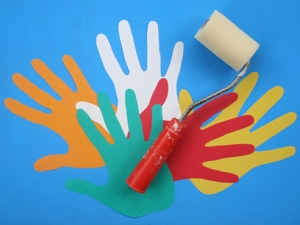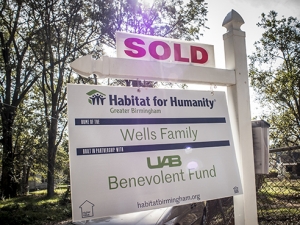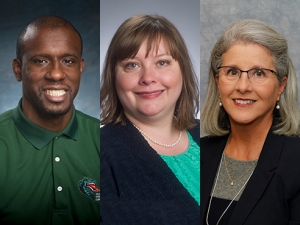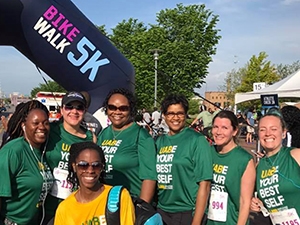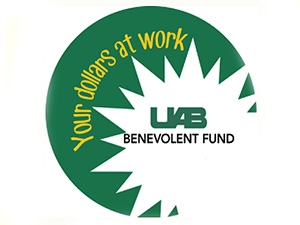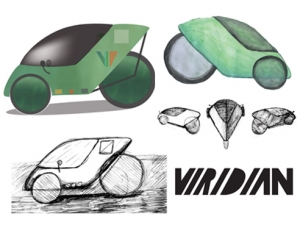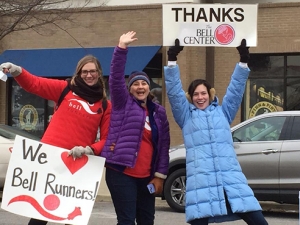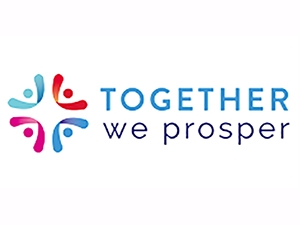 Photo courtesy Kayli Meek
Photo courtesy Kayli Meek
Kayli Meek loves photography and dogs. So she put them together. “I have a passion for photography that has stuck since middle school,” she said. “It is the reason I currently run a small business providing photography services for families, seniors and couples.”
Meek, a junior majoring in entrepreneurship in the Collat School of Business, has a career goal: working for herself. But she also wants to use her skills to help her community. “I have been a volunteer photographer for a local animal shelter called Two by Two Rescue for about two years now,” she said. “I personally believe that volunteering can be so much more than just helping with one-day events. And having the opportunity to combine one’s passion with a genuine need in the community is the cornerstone of service learning.”
Meek works with the UAB Office of Service Learning and Undergraduate Research as an Outreach and Engagement fellow through Volunteers in Service to America, or VISTA. One of her roles is to help develop a new Canvas course on service learning, called “Service Learning 101.” That is how she became a GivePulse ambassador, through a program she will complete in April.
Pretty much any student who has taken a service learning class at UAB, or volunteered through a student organization, is familiar with BlazerPulse, the university’s community engagement platform, created by a company called GivePulse. It offers a single hub to sign up for volunteer opportunities, record time spent and track what the system calls Impacts.
As a GivePulse ambassador, Meek has done in-depth training on the platform’s features and worked directly with developers to let them know about UAB-specific needs. She will be building that knowledge into the service learning course module on BlazerPulse.
How to maximize your impact
What are some tips that students might not know? “One example is how students can maximize their Impacts on BlazerPulse,” Meek said. After they volunteer for a service learning course, students are usually required to write a reflection. These can make a big difference, Meek explains. “Lots of data that the Office of Service Learning and Undergraduate Research uses comes from Impacts that students report in their reflections,” she said. “These Impacts are also beneficial for community partners that we collaborate with because it provides feedback for improvement. The qualitative data students provide is just as important as the quantitative data.”
Another example: “Students can download a transcript that details their service activities,” Meek said. “GivePulse believes in the importance of advocating for yourself and your service, so they provide a way for students to easily compile their activities.”
When students “accurately know the benefits of serving and how to take advantage of their time while serving, it produces more meaningful work and provides growth — organizational and personal — for both parties,” Meek said. “GivePulse is a great platform that facilitates that.”
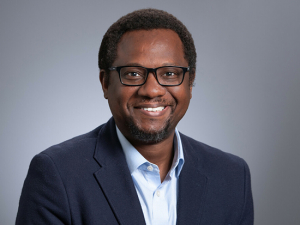

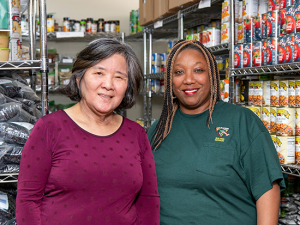

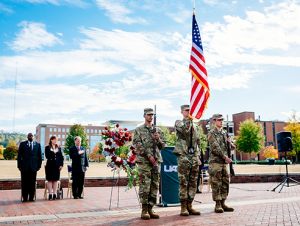

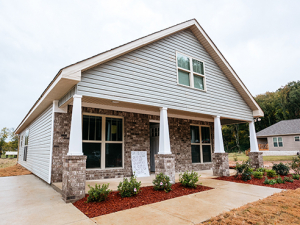

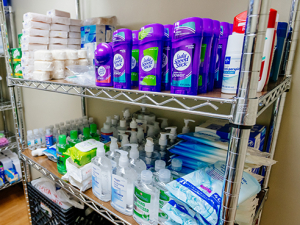
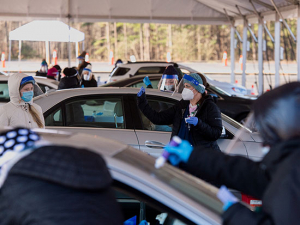
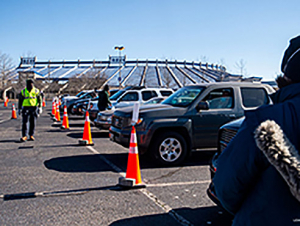



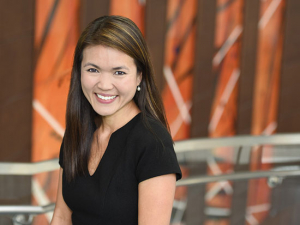
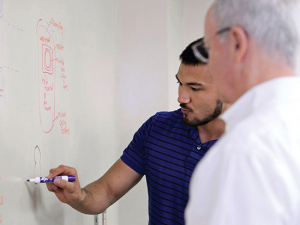
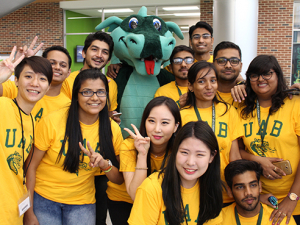
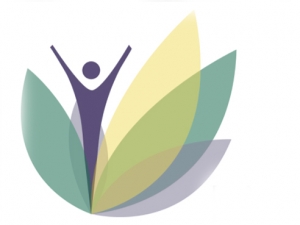
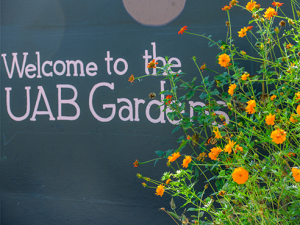


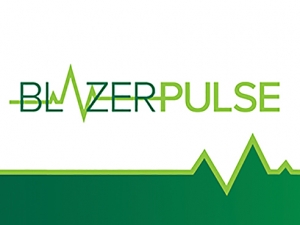

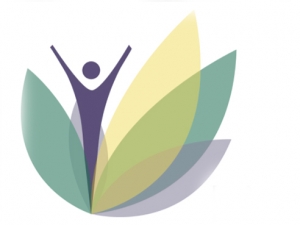

 Help the Graduate School and Staff Council provide much-needed items to the Ronald McDonald House and Birmingham-area schools.
Help the Graduate School and Staff Council provide much-needed items to the Ronald McDonald House and Birmingham-area schools.

